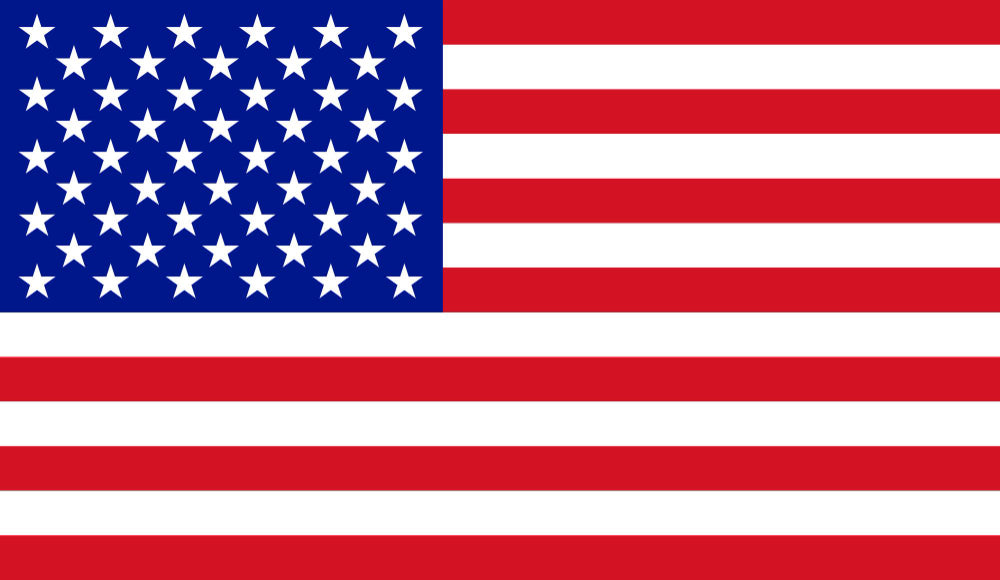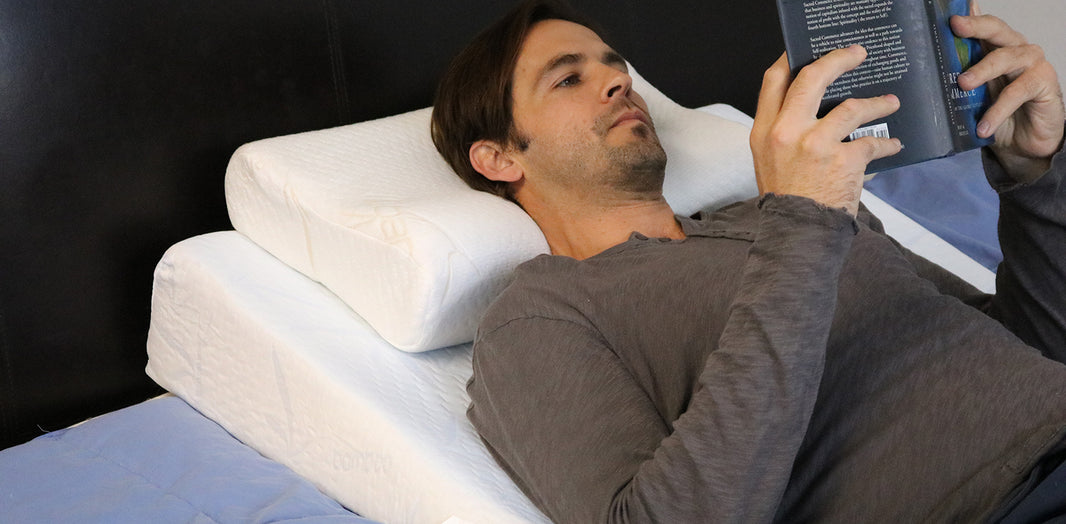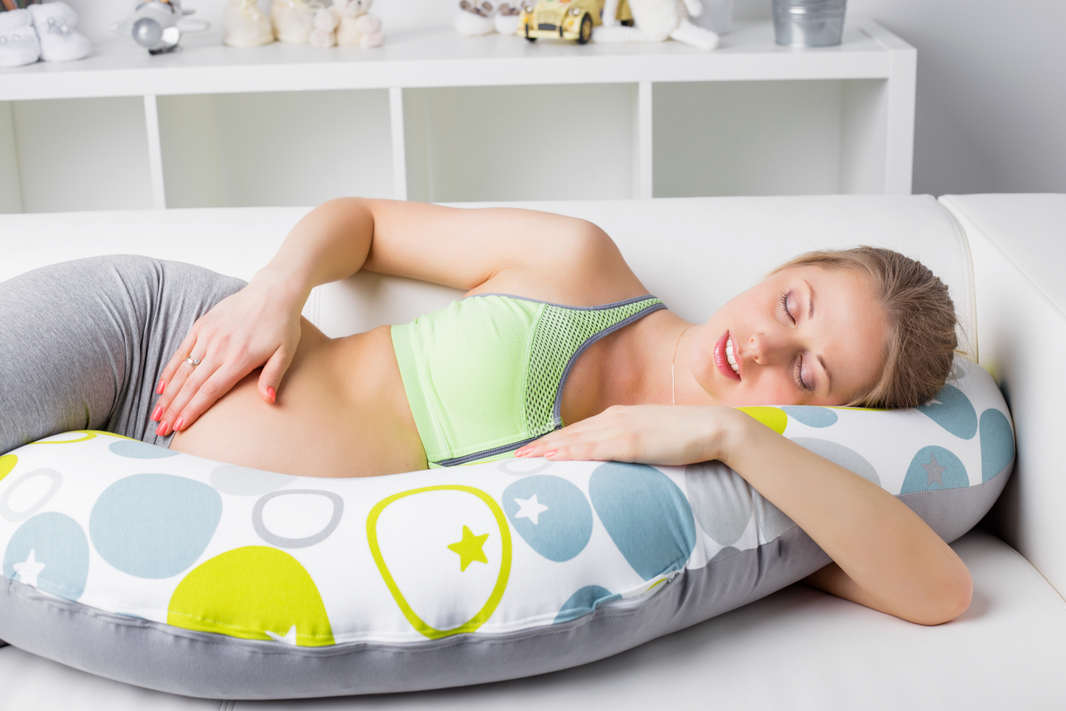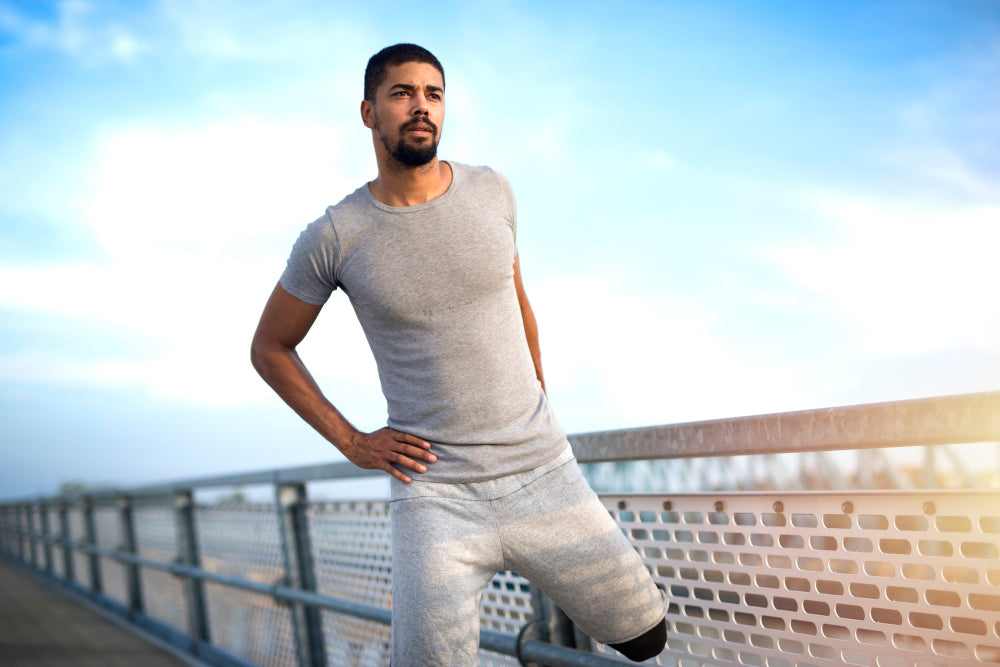Are chronic headaches taking a toll on your daily life? If so, you're not alone. From stress to tension, headaches can have a variety of causes. But what if relief was just a touch away? In this article, we will explore the world of pressure points and how they can help alleviate headache pain.
Pressure points are specific areas on the body that, when stimulated, can bring relief and improve overall well-being. By applying gentle pressure to these points, you can release built-up tension, promote relaxation, and reduce headache symptoms. Whether you prefer traditional Chinese medicine or modern alternative therapies, pressure points offer a drug-free and non-invasive approach to managing headaches.
We will delve into some of the most effective pressure points to target for headache relief. From the temples to the base of the skull, each point serves a unique purpose and can provide fast relief when properly stimulated. Say goodbye to popping pills and discover the natural way to find relief from those throbbing headaches.
Don't let headaches control your life any longer. Grab your notepad and get ready to learn about the pressure points that can bring you much-needed relief.
What are pressure points?
Pressure points are specific areas on the body that, when stimulated, can bring relief and improve overall well-being. By applying gentle pressure to these points, you can release built-up tension, promote relaxation, and reduce headache symptoms. Whether you prefer traditional Chinese medicine or modern alternative therapies, pressure points offer a drug-free and non-invasive approach to managing headaches.
How do pressure points relieve headaches?
When pressure is applied to specific points on the body, it can help to alleviate headache pain in several ways. First, it stimulates the release of endorphins, which are the body's natural painkillers. These endorphins help to block pain signals and provide a sense of relief. Additionally, applying pressure to certain points can improve blood circulation, which can reduce inflammation and promote healing. Lastly, pressure points can help to relax the muscles and ease tension, which is often a contributing factor to headaches.
Common pressure points for headache relief
There are several pressure points on the body that are known to be effective in relieving headache pain. One of the most well-known pressure points is located between the thumb and index finger. Applying firm pressure to this area for a few minutes can help to relieve tension and alleviate headache symptoms. Another common pressure point for headache relief is located at the base of the skull, where the neck muscles meet the skull. By applying gentle pressure to this point, you can help to release tension and reduce headache pain. Other effective pressure points include the temples, the bridge of the nose, and the area between the eyebrows.
Pressure point techniques for headache relief
Now that you know some of the common pressure points for headache relief, let's explore some techniques for stimulating these points. One technique is to use your fingertips to apply gentle pressure to the desired area. Start by applying light pressure and gradually increase it until you feel a slight discomfort. Hold the pressure for a few seconds, then release. Repeat this process several times, focusing on your breathing and allowing yourself to relax. Another technique involves using a massage tool, such as a handheld massager or a massage ball, to apply pressure to the desired points. These tools can help to target specific areas and provide a deeper level of pressure.
Additional techniques for headache relief
In addition to pressure point techniques, there are other methods you can incorporate into your headache relief routine. One effective method is aromatherapy. Certain essential oils, such as lavender or peppermint, can help to relax the mind and reduce headache symptoms. You can inhale the oils directly from the bottle, add a few drops to a diffuser, or apply them topically to the pressure points. Another technique is to practice relaxation exercises, such as deep breathing or meditation. These exercises can help to calm the mind and reduce overall stress levels, which can contribute to headache pain.
When to seek medical attention for headaches
While pressure points and alternative therapies can be effective in managing headaches, it's important to know when to seek medical attention. If you experience severe headaches that are accompanied by other symptoms, such as dizziness, confusion, or difficulty speaking, it may be a sign of a more serious underlying condition. Additionally, if your headaches are increasing in frequency or intensity, or if they are interfering with your daily activities, it's important to consult with a healthcare professional. They can help to determine the cause of your headaches and develop an appropriate treatment plan.
Lifestyle changes to prevent headaches
In addition to using pressure points for headache relief, making certain lifestyle changes can help to prevent headaches from occurring in the first place. One important factor to consider is your posture. Poor posture can contribute to muscle tension and strain, which can trigger headaches. Focus on maintaining good posture throughout the day, especially when sitting or standing for long periods. Another lifestyle change that can help prevent headaches is getting regular exercise. Physical activity can help to reduce stress, improve circulation, and promote overall well-being. Lastly, make sure you are getting enough sleep and practicing good sleep hygiene. Lack of sleep and poor sleep quality can contribute to headaches, so aim for 7-8 hours of quality sleep each night.
Natural remedies for headache relief
In addition to pressure points and lifestyle changes, there are several natural remedies that can provide headache relief. One popular remedy is ginger. Ginger has been used for centuries for its anti-inflammatory properties and can help to reduce headache pain. You can consume ginger in various forms, such as ginger tea or ginger capsules. Another natural remedy is magnesium. Magnesium deficiency has been linked to headaches, so incorporating magnesium-rich foods into your diet or taking magnesium supplements may help to prevent or reduce the frequency of headaches. Other natural remedies include feverfew, butterbur, and acupuncture.
Tips for incorporating pressure point techniques into your routine
Now that you have learned about pressure points and their benefits for headache relief, here are some tips for incorporating these techniques into your routine. First, find a quiet and comfortable space where you can relax and focus on the pressure points. This can be a quiet room in your home or a peaceful outdoor setting. Next, set aside dedicated time each day to practice the pressure point techniques. Consistency is key, so try to make it a daily habit. Lastly, be patient with yourself and allow yourself to fully embrace the relaxation and healing process. It may take time to find the right pressure points and techniques that work best for you, so don't get discouraged if you don't experience immediate relief.
Conclusion
Headaches can be debilitating and have a significant impact on your quality of life. However, by exploring the world of pressure points and incorporating these techniques into your routine, you can find relief and improve your overall well-being. From the temples to the base of the skull, each pressure point serves a unique purpose and can provide fast relief when properly stimulated. Say goodbye to popping pills and discover the natural way to find relief from those throbbing headaches. Start incorporating pressure points into your routine today and reclaim control over your life.








